Home>Garden Essentials>How To Prevent Synthetic Grass From Getting Hot
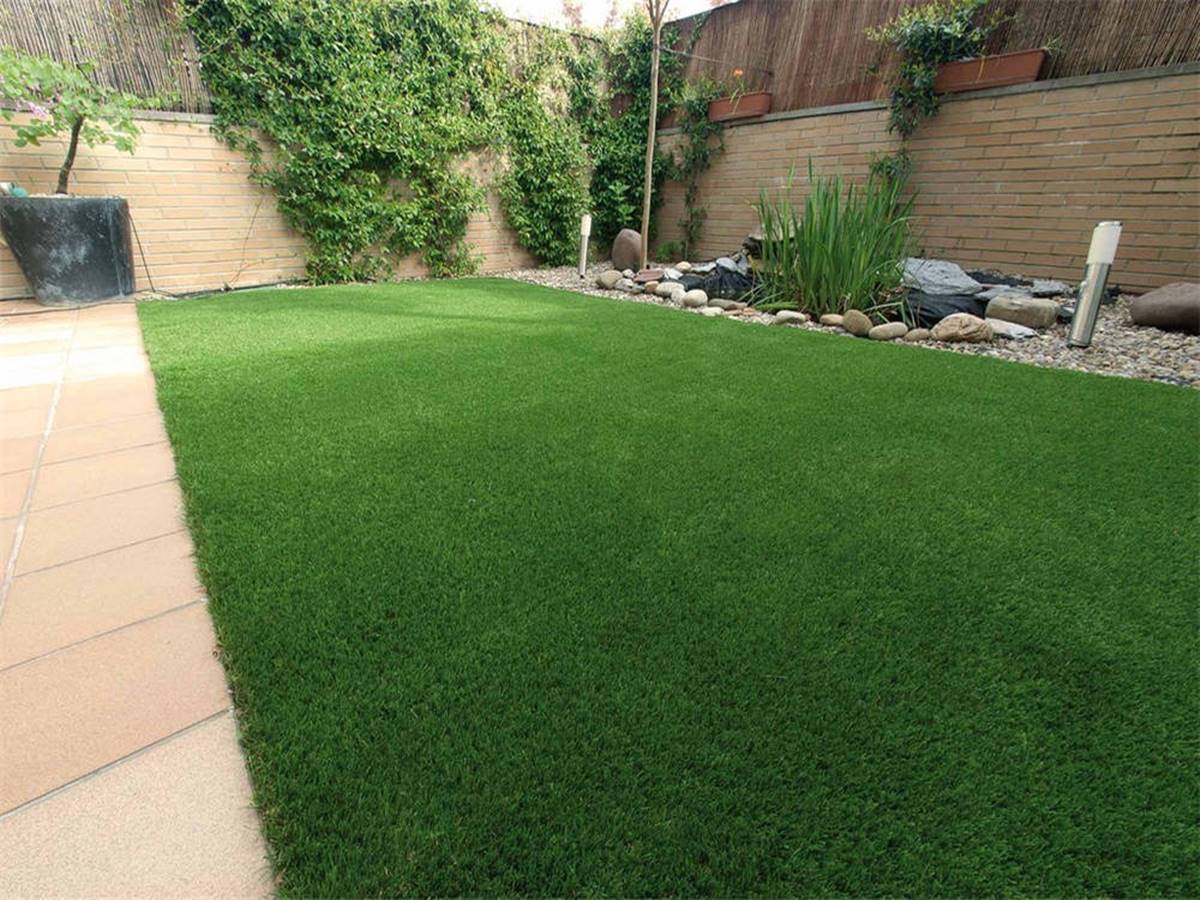

Garden Essentials
How To Prevent Synthetic Grass From Getting Hot
Modified: October 18, 2024
Learn how to keep your garden comfortable with synthetic grass. Discover effective ways to prevent your artificial turf from becoming too hot.
(Many of the links in this article redirect to a specific reviewed product. Your purchase of these products through affiliate links helps to generate commission for Storables.com, at no extra cost. Learn more)
Introduction
Synthetic grass, also known as artificial turf, offers numerous benefits for homeowners and businesses alike. It provides a lush and green space all-year-round, requires minimal maintenance, and is an eco-friendly alternative to natural grass. However, one common concern that arises with synthetic grass is its tendency to heat up, particularly during hot weather. This can make the surface uncomfortably hot for both humans and pets, limiting its usability and enjoyment.
In this article, we will explore various strategies to prevent synthetic grass from getting hot, allowing you to fully enjoy your outdoor space without worrying about scorching temperatures. Understanding the factors contributing to synthetic grass heat and implementing the right measures can make a significant difference in keeping your artificial turf cool and comfortable.
So, let’s dive deeper into the problem and uncover effective solutions to combat synthetic grass heat.
Key Takeaways:
- Keep your synthetic grass cool by choosing lighter-colored, heat-reflective materials and thinner fibers. Install shade structures and cool-paving to reduce heat buildup. Regular maintenance and watering also help prevent overheating.
- To cool down synthetic grass, water it, use shade structures, and consider cooling mats or fans. Choose heat-reflective materials and time outdoor activities for cooler parts of the day. Professional advice can help personalize your cooling strategies.
Read more: How To Prevent Grass From Growing
Understanding the Problem
To effectively address the issue of synthetic grass heating up, we must first understand the factors that contribute to this problem. Synthetic grass is typically made from materials such as polyethylene or polypropylene, which have the tendency to absorb and retain heat. This, combined with direct sunlight exposure, can result in a surface that becomes significantly hotter than natural grass.
Additionally, the heat buildup in synthetic grass can be intensified by factors such as the color of the turf, the density and thickness of the fibers, and the infill material used. Dark-colored artificial grass tends to absorb more heat than lighter shades, while denser and thicker fibers can trap heat within the turf. The type of infill material, whether it’s rubber or sand, can also affect the temperature of the synthetic grass surface.
Furthermore, the landscaping elements surrounding the synthetic grass area can impact its heat absorption. For instance, if the turf is surrounded by concrete or pavement, the heat from these surfaces can radiate onto the synthetic grass, exacerbating the problem.
It’s important to note that the heat buildup in synthetic grass poses not just discomfort but also safety concerns, especially for young children and pets who may be more susceptible to burns and discomfort from walking or playing on a hot surface.
Now that we have a clear understanding of the problem, let’s explore the solutions that can help prevent synthetic grass from getting hot.
Factors Contributing to Synthetic Grass Heat
Several factors contribute to the heat buildup in synthetic grass. Understanding these factors will equip you with valuable knowledge to make informed decisions when selecting and maintaining your artificial turf.
1. Material Composition: The composition of the synthetic grass material plays a crucial role in its heat retention. Some materials, like polyethylene and polypropylene, have a higher tendency to absorb and retain heat, which can result in a hotter surface temperature.
2. Color: The color of the synthetic grass can also impact its heat absorption. Dark-colored turfs tend to absorb more heat from the sun’s rays, resulting in a hotter surface. Conversely, lighter shades reflect more sunlight and absorb less heat.
3. Fiber Density and Thickness: The density and thickness of the synthetic grass fibers can affect its heat retention. Dense and thick fibers have a greater capacity to trap heat, leading to a hotter surface temperature. On the other hand, artificial turf with thinner and less dense fibers tends to dissipate heat more efficiently.
4. Infill Material: The infill material used in synthetic grass serves various purposes, such as cushioning and stabilizing the fibers. However, certain types of infill materials, such as rubber, can contribute to the heat buildup. Rubber infill tends to absorb and retain heat, resulting in a hotter surface. Opting for alternative infill materials like sand or organic options can help reduce heat accumulation.
5. Surrounding Environment: The surrounding environment of the synthetic grass area can impact its temperature. If the turf is surrounded by concrete or pavement, these surfaces can absorb heat and radiate it onto the artificial turf, intensifying the heat buildup.
By considering these factors, you can make informed choices when selecting the right synthetic grass material and infill, as well as implementing measures to mitigate heat accumulation.
Choosing the Right Synthetic Grass Material
When it comes to preventing synthetic grass from getting hot, selecting the right turf material is essential. By choosing materials that have heat-reducing properties, you can significantly improve the comfort of your outdoor space. Here are some key considerations:
1. Heat-Reflective Materials: Look for synthetic grass materials that have heat-reflective properties. These materials are designed to reflect a portion of the sun’s rays, minimizing heat absorption and reducing the overall temperature of the turf. Heat-reflective materials help to keep the surface cooler, making it more comfortable for various activities.
2. Lighter Colors: Opt for synthetic grass with lighter colored fibers. Lighter shades, such as light green or beige, tend to reflect sunlight rather than absorb it. This helps to minimize heat buildup on the surface and keeps the turf cooler.
3. Thinner and Less Dense Fibers: Consider synthetic grass with thinner and less dense fibers. Thinner fibers have less surface area to absorb and retain heat, while less dense turf allows for better air circulation, promoting heat dissipation. Choosing these types of fibers can help prevent excessive heat accumulation.
4. Cool-Technology Infills: Some synthetic grass manufacturers offer infill materials that are specifically designed to reduce heat retention. These infills often incorporate heat-absorbing particles or materials that dissipate heat more efficiently, keeping the surface temperature of the turf lower.
5. Seek Professional Advice: If you’re unsure about which turf material to choose, consult with a professional synthetic grass supplier or installer. They can provide guidance and recommend materials that are suitable for your specific needs and climate conditions.
Remember, the right synthetic grass material can make a significant difference in preventing heat buildup and maintaining a cooler surface temperature. Take your time to research and compare options before making a final decision.
Consider using a lighter colored synthetic grass, as it will absorb less heat from the sun. Lighter colors reflect more sunlight, keeping the surface cooler.
Installing Additional Heat-Reducing Features
In addition to choosing the right synthetic grass material, there are several heat-reducing features that you can install to further enhance the cooling properties of your artificial turf. These features can significantly help in preventing synthetic grass from getting hot. Let’s explore some of these options:
1. Permeable Base: A permeable base or sub-base allows for better drainage and airflow beneath the synthetic grass. By ensuring proper water drainage and airflow, heat can be dissipated more effectively, reducing the temperature of the turf. Talk to your installer about incorporating a permeable base into the installation process.
2. Shade Structures: Installing shade structures, such as pergolas, awnings, or umbrellas, can provide much-needed shade over the synthetic grass area, preventing direct sunlight exposure. This helps to keep the surface temperature cooler and more comfortable for outdoor activities.
3. Sprinkler Systems: Incorporating a sprinkler system within the synthetic grass area can provide cooling relief during hot days. By periodically watering the turf, you can reduce the surface temperature and create a more pleasant environment for you and your family.
4. Cool-Paving: If the surrounding area of the synthetic grass is paved, consider using cool-paving materials. Cool-paving materials, such as light-colored concrete or porous pavement, absorb less heat from the sun and radiate less heat onto the turf, reducing heat buildup.
5. Artificial Turf Cooling Systems: Advanced cooling systems specifically designed for synthetic grass are available on the market. These systems use evaporative cooling or misting technology to reduce surface temperature. They can be integrated into the artificial turf or installed as freestanding systems.
When considering these additional features, it’s crucial to work with experienced professionals who can evaluate your specific needs and provide recommendations tailored to your situation.
By incorporating these heat-reducing features into your synthetic grass installation, you can significantly improve the overall comfort and enjoyment of your outdoor space, even during hot weather.
Read more: Why Should You Get Synthetic Grass
Proper Maintenance to Prevent Heat Accumulation
Proper maintenance is key to preventing heat accumulation in synthetic grass and ensuring its longevity. By following these maintenance practices, you can help keep your artificial turf cool and comfortable:
1. Regular Brushing: Brushing the synthetic grass regularly helps to dislodge any debris or compacted infill, allowing for better airflow and heat dissipation. This also helps to maintain the upright position of the fibers, ensuring optimal performance and reducing heat retention.
2. Removing Debris: Keep the synthetic grass area free from leaves, twigs, and other debris. This debris can act as an insulator, preventing heat from escaping the turf. Regularly rake or use a leaf blower to remove any debris on the surface.
3. Watering: Periodically watering the synthetic grass can help reduce its surface temperature. Watering during the hottest times of the day or using an automatic sprinkler system can provide temporary relief from heat accumulation. Be sure not to overwater, as excessive moisture can lead to other issues such as mold or mildew growth.
4. Shading: Utilize natural shade or install shade structures to prevent direct sunlight exposure on the synthetic grass. By providing shade, you can significantly reduce the heat buildup and create a more comfortable environment.
5. Avoiding High-Temperature Activities: During extremely hot days, it’s advisable to avoid engaging in high-temperature activities on the synthetic grass. Activities like grilling, using fire pits, or placing hot objects directly on the turf can increase heat accumulation and potentially damage the synthetic grass.
6. Regular Inspection: Perform regular inspections of your synthetic grass to identify any issues or damage that may contribute to heat retention. Look for signs of wear and tear, damaged fibers, or areas with excessive heat buildup. Address any issues promptly to ensure the proper functioning of your artificial turf.
Implementing proper maintenance practices not only helps to prevent heat accumulation but also extends the lifespan of your synthetic grass, ensuring its optimal performance and appearance for years to come.
Strategies for Cooling Synthetic Grass
When the temperature rises, there are various strategies you can employ to cool down your synthetic grass and create a comfortable outdoor space. Here are some effective strategies for cooling synthetic grass:
1. Watering: One of the simplest ways to cool down synthetic grass is by watering it. Use a hose or install a sprinkler system to lightly water the turf, especially during the hottest times of the day. The water evaporating from the surface helps in dissipating heat and lowers the overall temperature of the turf.
2. Shade Structures: Installing shade structures above your synthetic grass area can provide relief from direct sunlight and significantly reduce heat buildup. Options like pergolas, shade sails, or umbrellas can create a cool and shaded environment for you to enjoy your outdoor space.
3. Cooling Mats or Towels: Placing cooling mats or towels on the synthetic grass can provide instant relief from the heat. These specially designed mats or towels contain cooling gel or materials that absorb heat when in contact with your body, providing a refreshing sensation.
4. Portable Fans or Misting Systems: Adding portable fans or misting systems to your outdoor space can create a refreshing breeze and help cool down the synthetic grass. The airflow from fans or the fine mist from misting systems can create a cooling effect, making your outdoor area more comfortable.
5. Artificial Turf Cooling Products: There are specific products available on the market, such as cooling infills or cooling sprays, designed to minimize heat retention in synthetic grass. These products can be applied to the turf or incorporated into the infill during installation to reduce surface temperature.
6. Time Your Activities: Plan your outdoor activities during cooler parts of the day, such as mornings or evenings, to avoid the peak heat hours. By scheduling activities when the temperature is relatively lower, you can minimize the discomfort of hot synthetic grass.
Remember, implementing a combination of these strategies can yield the best results in cooling down your synthetic grass and creating a pleasant outdoor environment for you and your family.
Conclusion
Preventing synthetic grass from getting hot is essential to ensure the comfort and usability of your outdoor space. By understanding the factors contributing to heat accumulation and implementing the right strategies, you can maintain a cooler and more enjoyable synthetic grass area.
Choosing the right synthetic grass material, such as heat-reflective and lighter-colored options, can help reduce heat absorption. Installing additional heat-reducing features like shade structures, permeable bases, and cool-paving materials can further enhance the cooling properties of your artificial turf.
Proper maintenance practices, including regular brushing, debris removal, and periodic watering, are crucial in preventing heat buildup. Avoiding high-temperature activities and performing regular inspections also contribute to keeping the synthetic grass cooler.
Additionally, incorporating strategies like watering, shade structures, cooling mats, and fans can provide immediate relief and help to cool down the synthetic grass surface during hot weather. Utilizing artificial turf cooling products and timing your outdoor activities can also contribute to a more comfortable experience.
By combining these strategies and implementing them in your synthetic grass maintenance routine, you can significantly reduce heat accumulation and create a welcoming outdoor environment for yourself, your family, and your pets.
Remember, each outdoor space is unique, and factors such as climate, location, and personal preferences may influence the effectiveness of the cooling strategies. It’s always a good idea to consult with professionals who specialize in synthetic grass installation for personalized recommendations tailored to your specific needs.
Enjoy the benefits of synthetic grass year-round by implementing these strategies to prevent heat buildup, ensuring a cool and comfortable outdoor oasis for all your activities and relaxation.
Frequently Asked Questions about How To Prevent Synthetic Grass From Getting Hot
Was this page helpful?
At Storables.com, we guarantee accurate and reliable information. Our content, validated by Expert Board Contributors, is crafted following stringent Editorial Policies. We're committed to providing you with well-researched, expert-backed insights for all your informational needs.
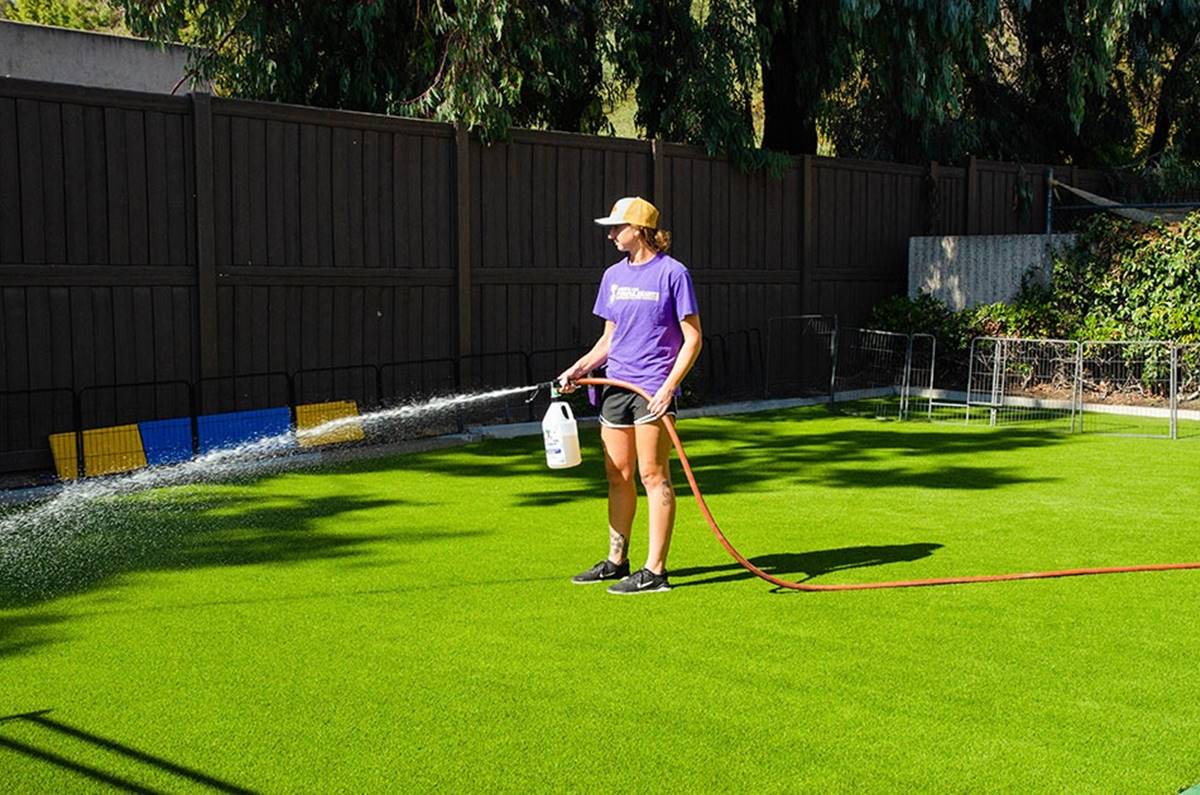
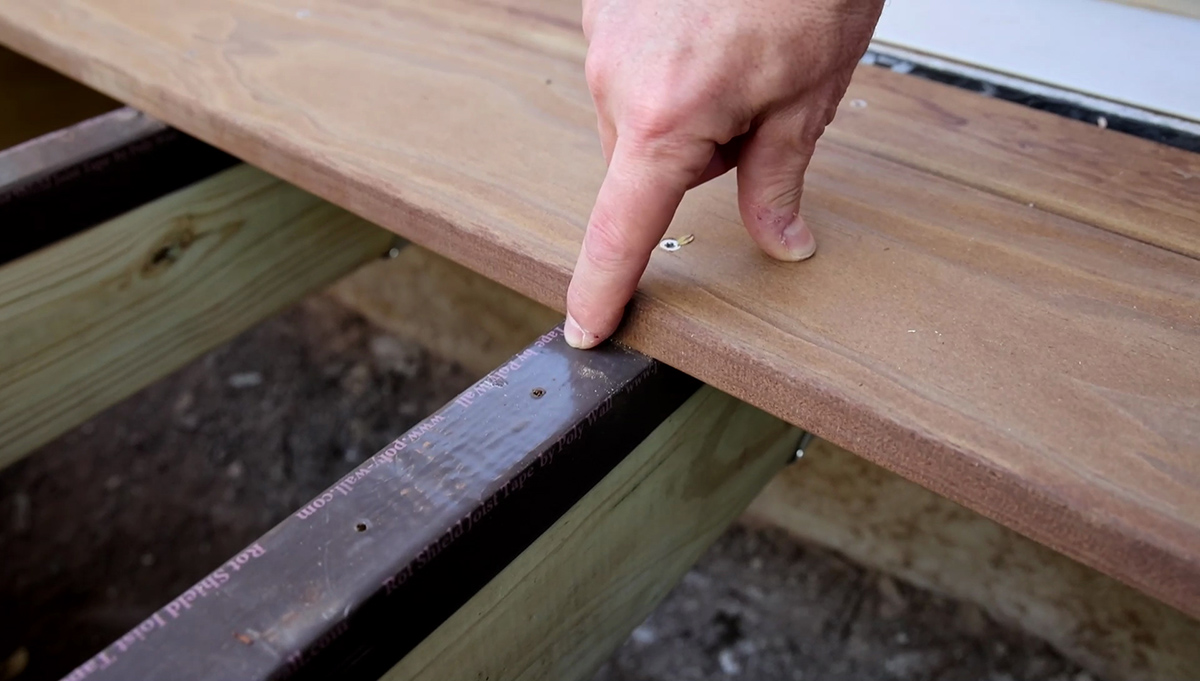
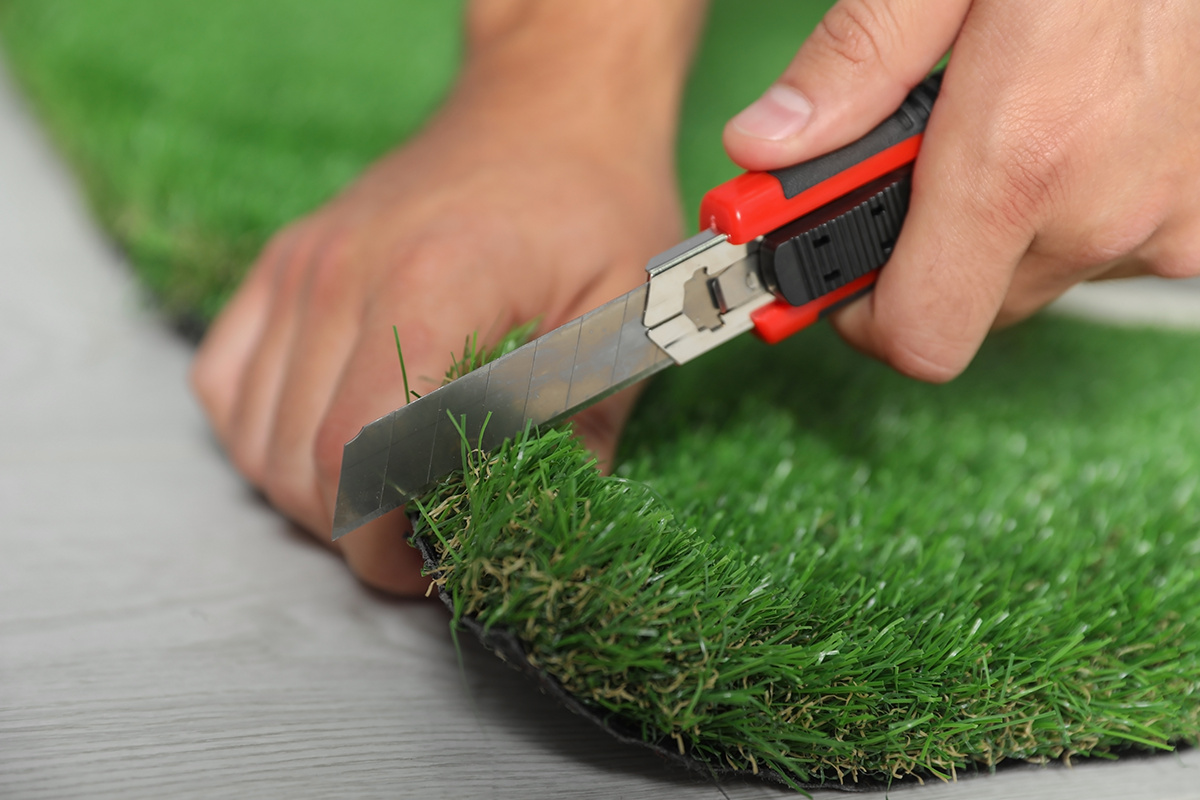
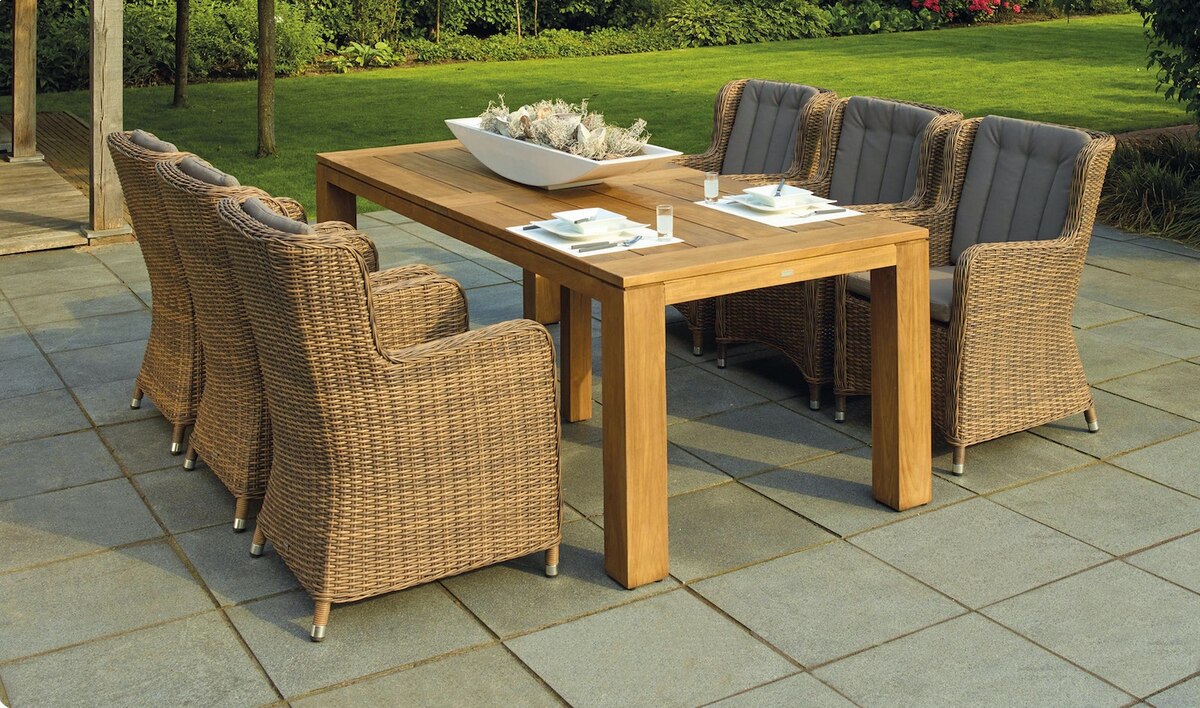
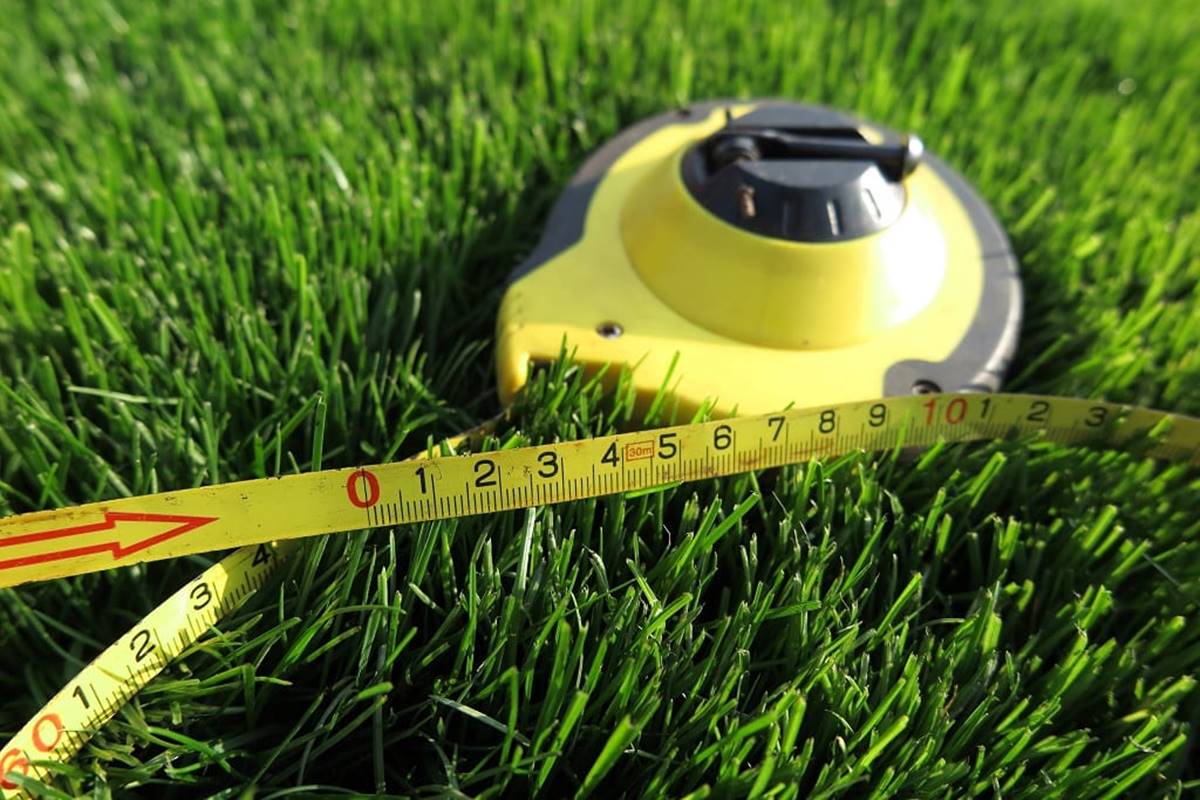

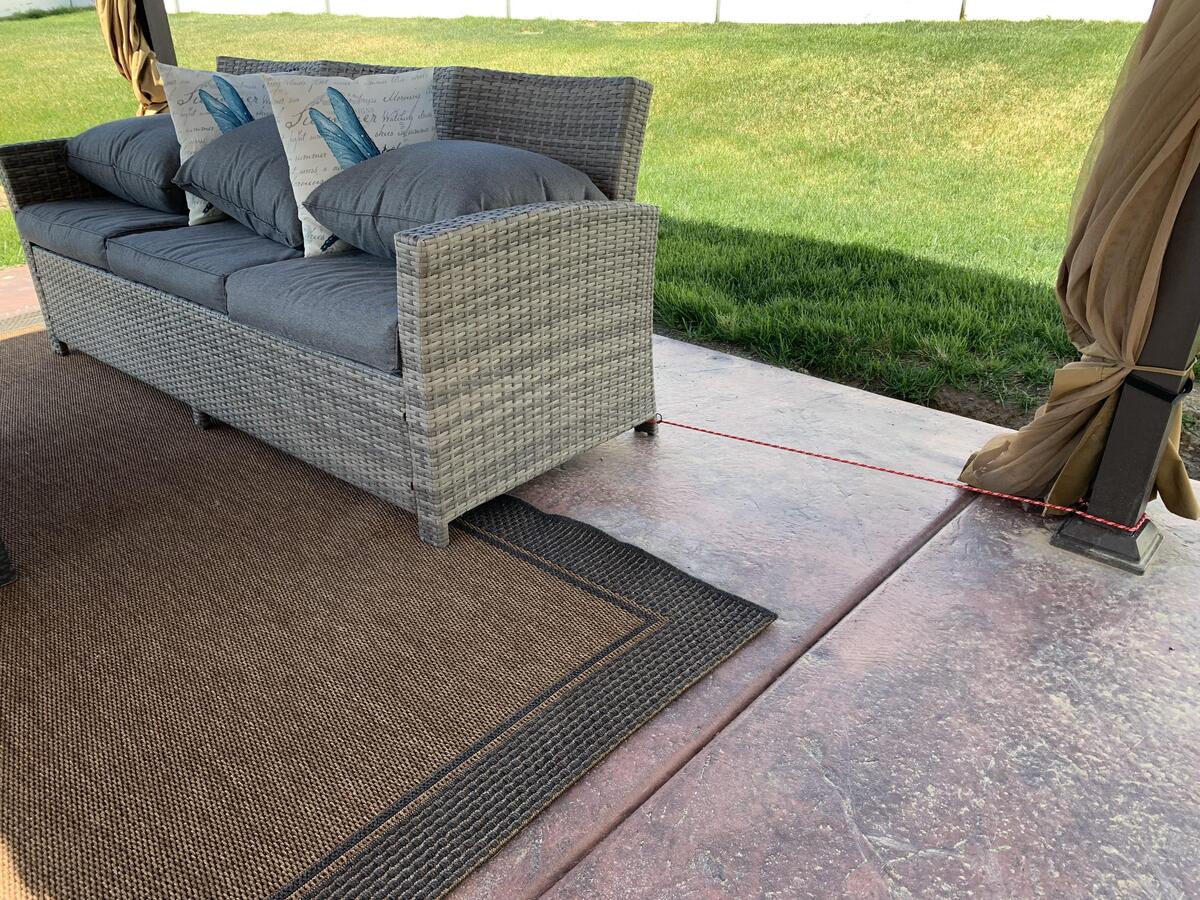
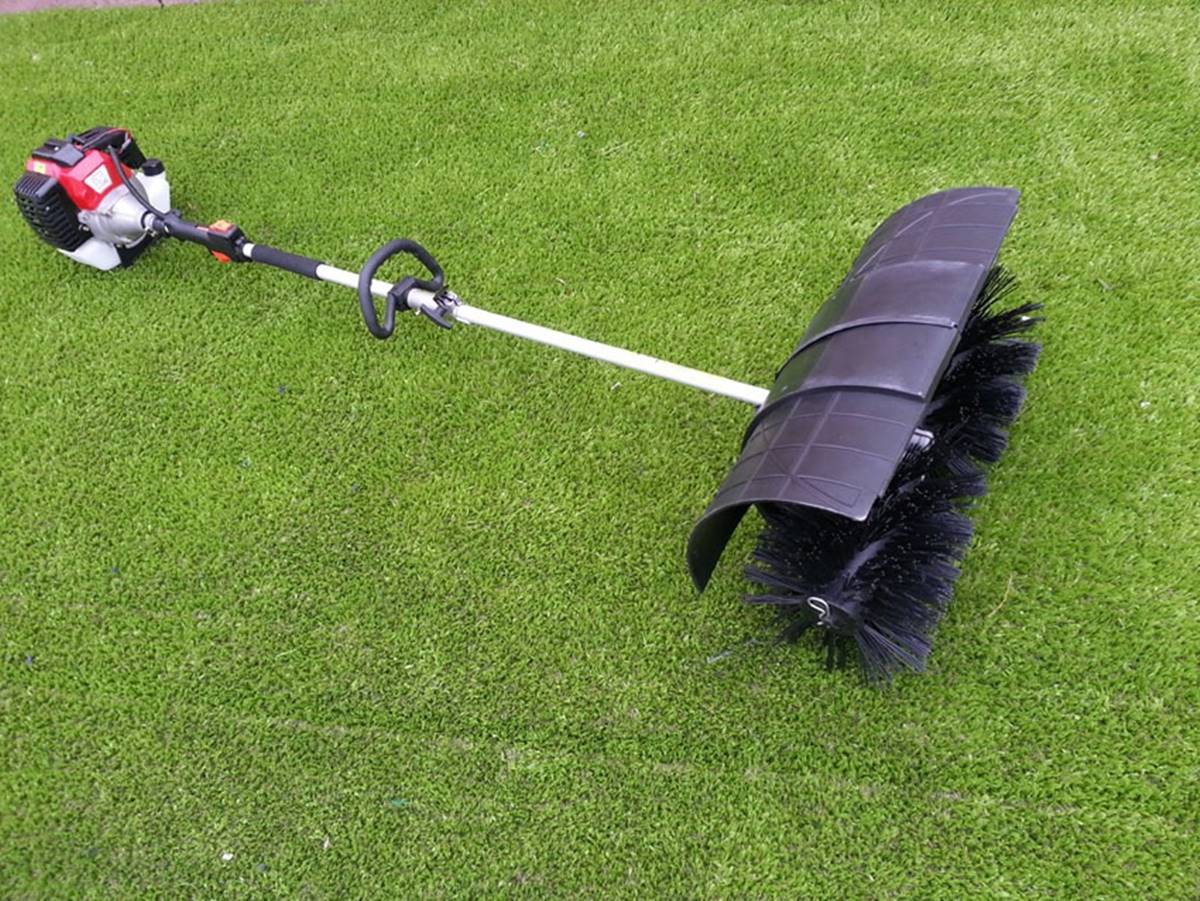
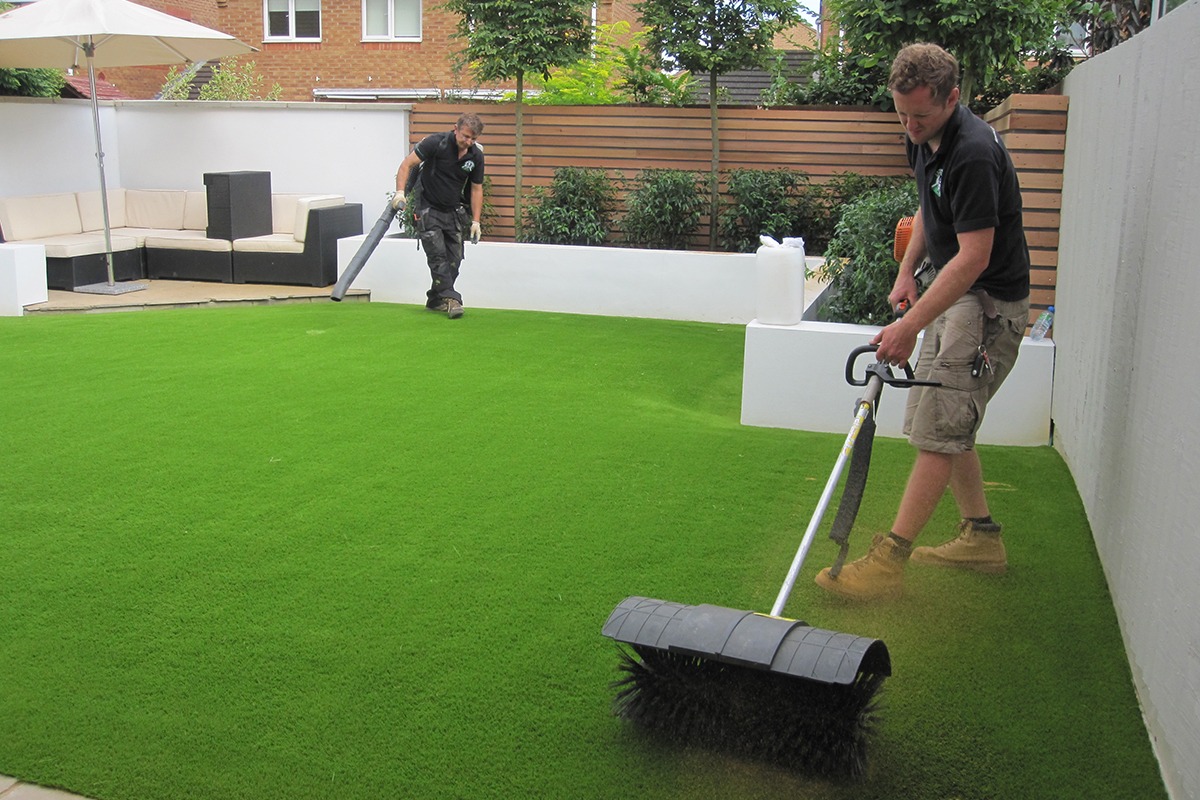
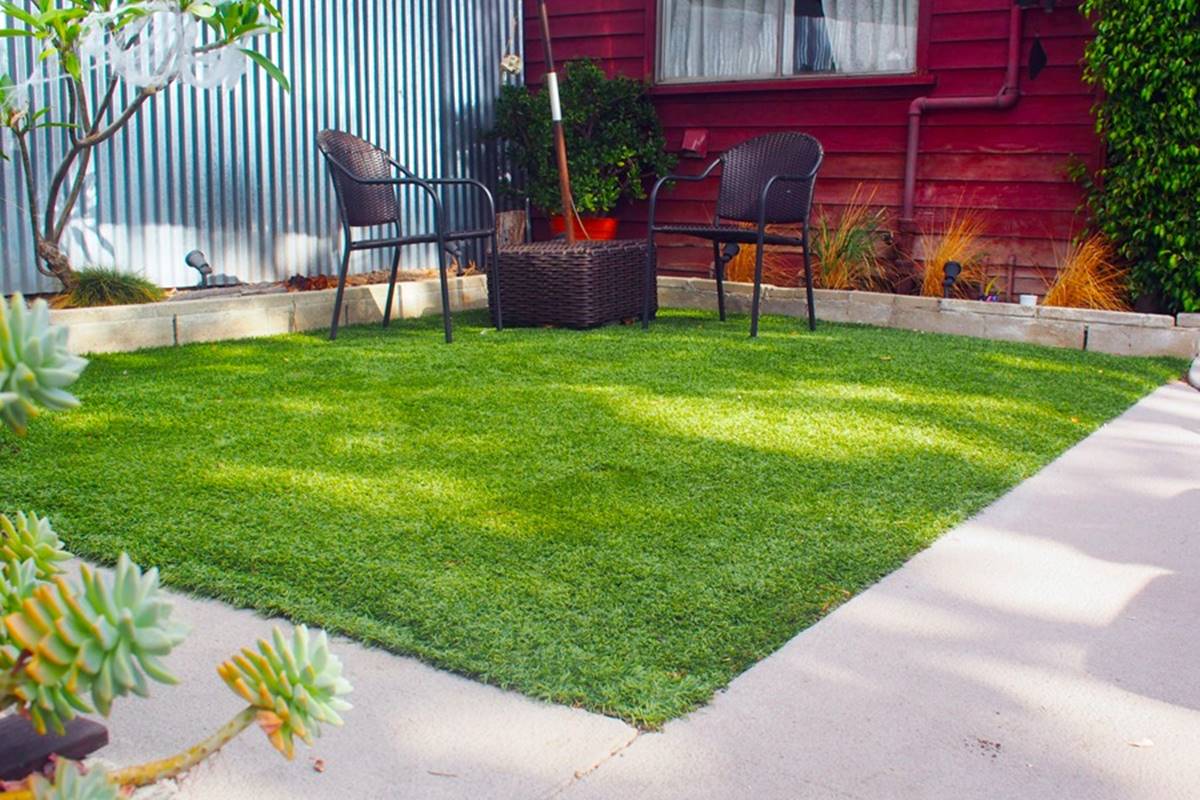
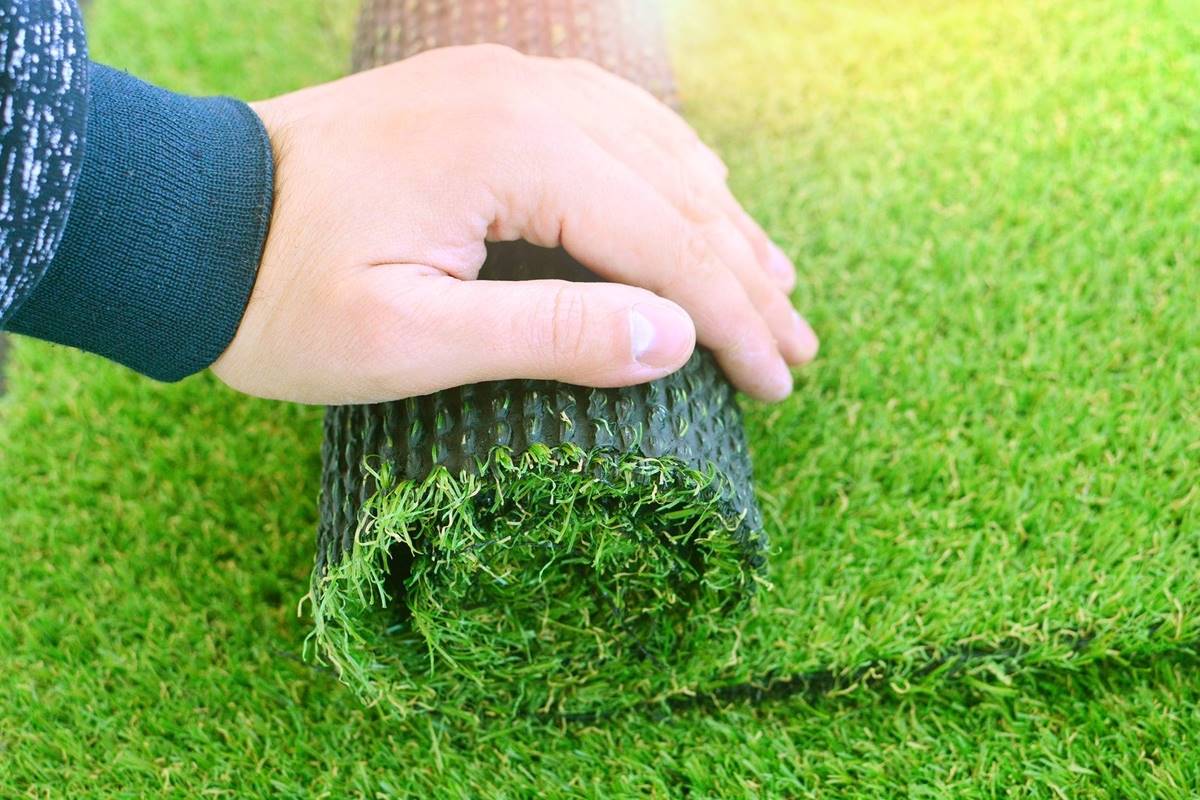
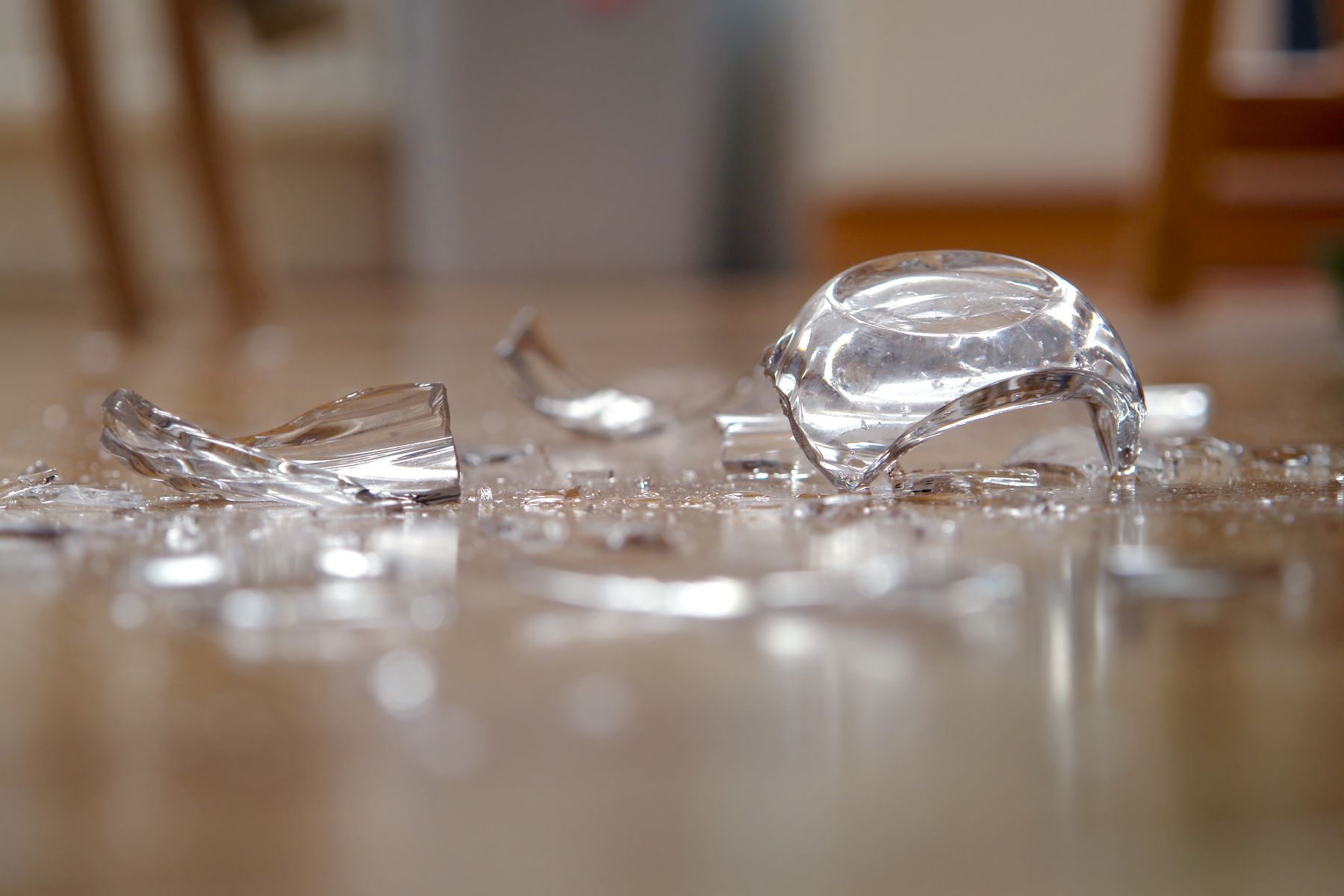
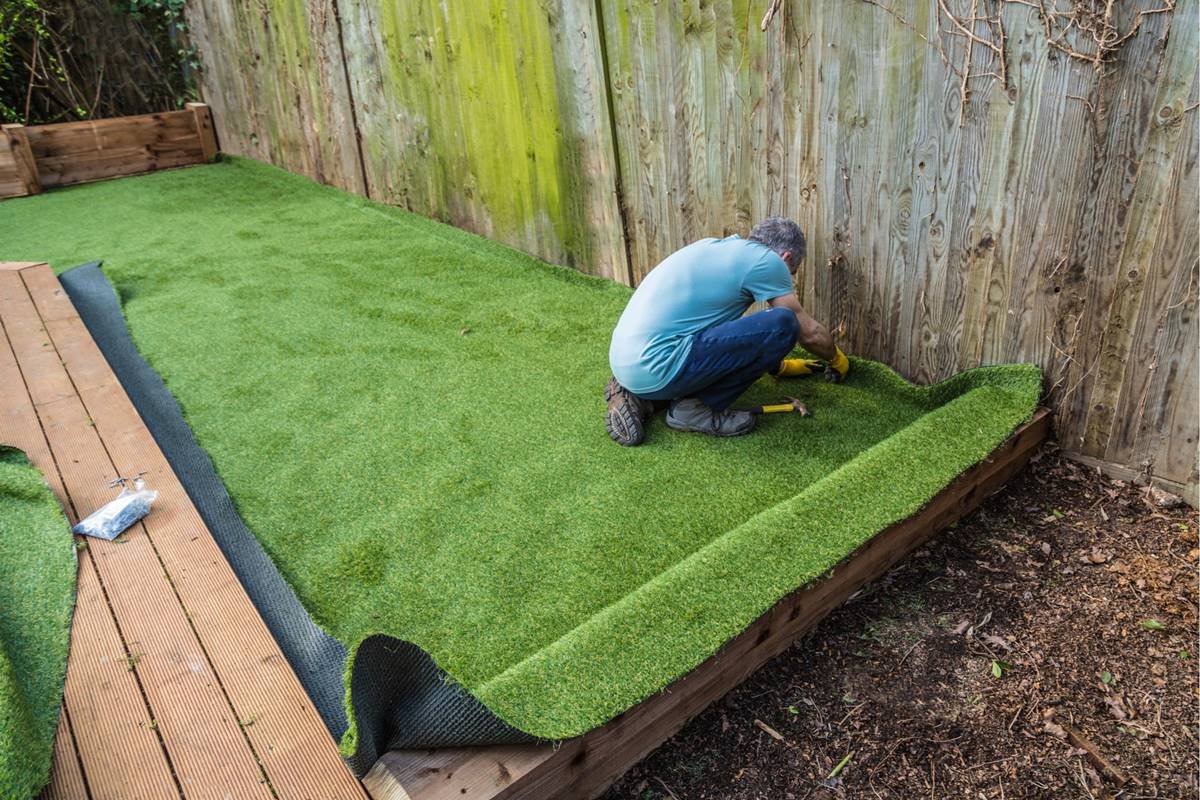
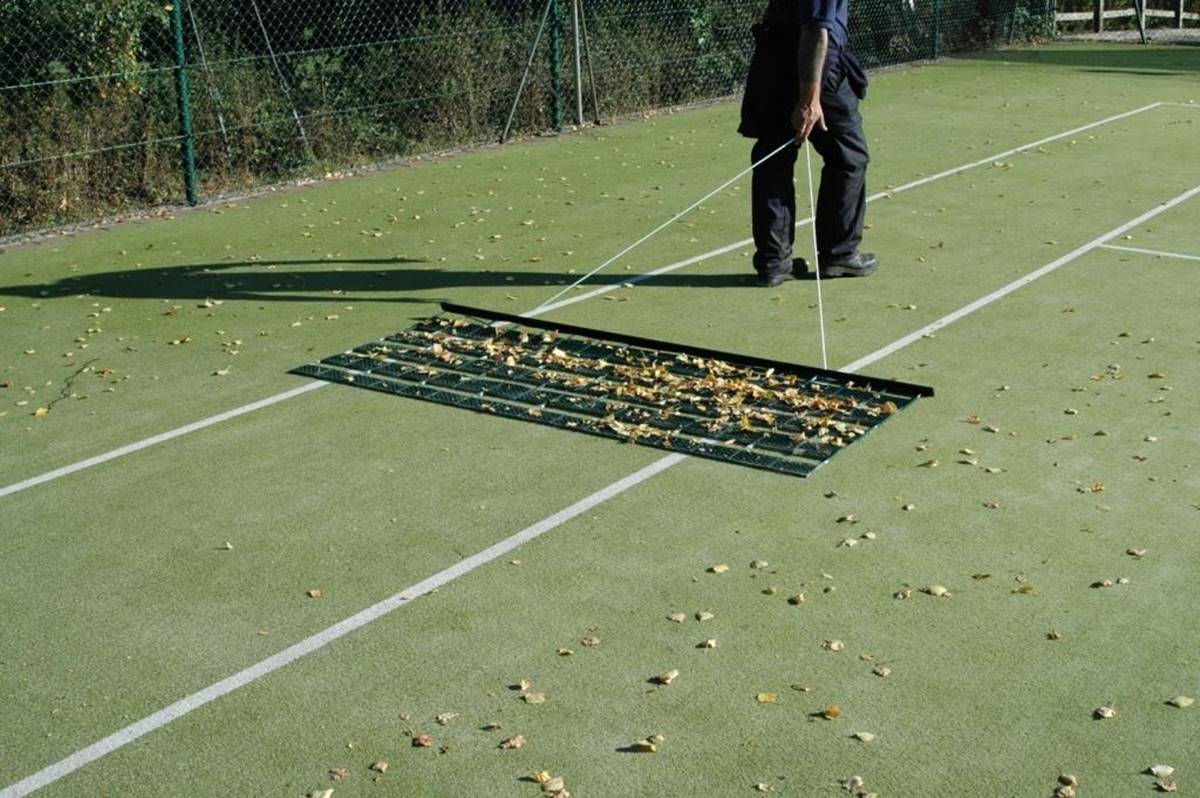

0 thoughts on “How To Prevent Synthetic Grass From Getting Hot”